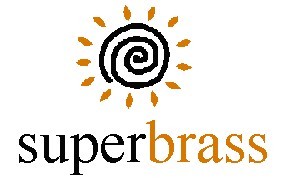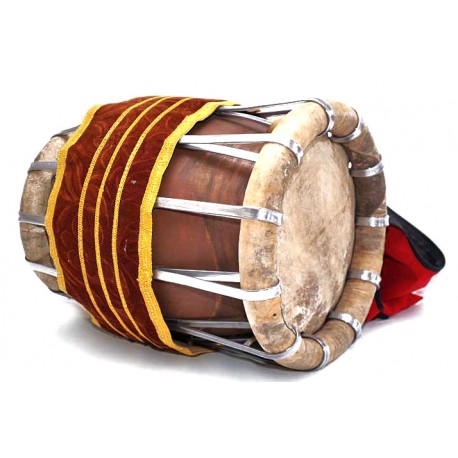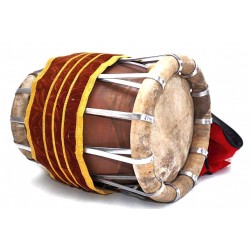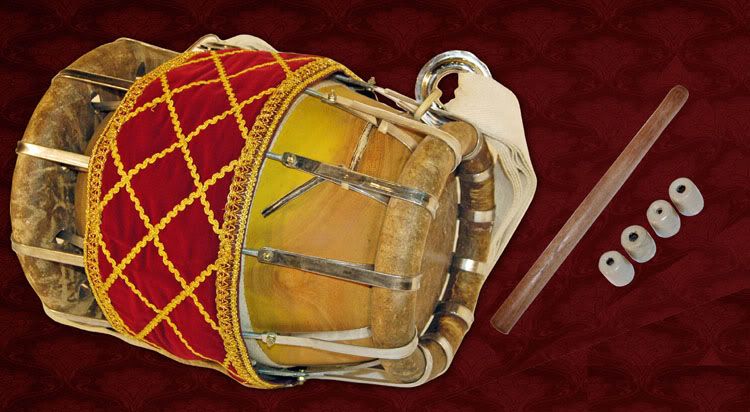No products
Carnatic (South Indian) Instruments
- Pocket & Wrist Watches
- Music Instruments
- Brass Band & Woodwinds
- Ethnic Indian Instruments
- Guitars, Mandolins & Strings
- Violin, Viola & Cello Fittings
- World Percussion
- Nautical Brass
- Collectible Damascened Knives
New products
-

Kamala Harris 2024 Presidential Campaign Portrait Art Watch. Solid Brass Democratic Election Collectible Americana.
large format 40 mm black solid brass casing with stainless steel back...
$ 134.48 -

Kamala Harris & Tim Walz 2024 Presidential Campaign Watch. Blues. Solid Brass Democratic Election Collectible Americana Watch.
large format 40 mm black solid brass casing with stainless steel back...
$ 126.33 -

Kamala Harris 2024 Presidential Campaign Slogan Art Watch in Colors of the Stars & Stripes. Solid Brass Democratic Election Collectible Americana. Let's Win This!
large format 40 mm black solid brass casing with stainless steel back...
$ 134.48 -

Forward! Iconic Kamala Harris 2024 Presidential Campaign Slogan Art Watch in Colors of the Stars & Stripes. Solid Brass Democratic Election Collectible Americana.
large format 40 mm black solid brass casing with stainless steel back...
$ 134.48 -

Choose Courage! Iconic Kamala Harris 2024 Campaign Art Solid Brass Watch
large format 40 mm black solid brass casing with stainless steel back...
$ 121.58
Thavil Drum. Full-Size Artiste-Grade In Thanjavur Jackwood with all accessories.
CRNTC-014
New product
Top-quality professional instrument direct from Thanjavur. Free worldwide shipping.
More info
|
Thavil (or Mealam), is a cylindrical shaped instrument of ancient Tamil origin. Traditionally the Thavil, often accompanying the Nathaswaram, are essential and used extensively at temples, folk music, carnatic concerts and other auspicious events such as weddings.
The cylindrical shell of the Thavil is hollowed out from a single block of Jackfruit wood which is about 16 inches in length and has a diameter of about 13.5 inches. The wood left to season for several years before the drum is constructed. Layers of animal skin are stretched acrosshoops traditionally made of hemp (a fibrous plant) and attached the two sides of the shell using hemp straps (Naar).

In modern days the inner part of the hoop and the straps are both made of stainless steel. The hoop is given hemp finish to resemble pure hemp rings whereas the straps are left as they are. The straps traditionally went across the barrel connecting both the left and right head but modern Thavil has a round metal ring attached to the centre of the barrel on which the straps are attached via bolt and nut mechanism. This allows for easy tuning of the instrument.

The right head is played with the right hand, palm, wrist and fingers. The player usually wears caps, called Koodu, on all the fingers of the right hand, made of hardened paper mache with glue made from wheat (Mmaida/Atta) flour. Modern finger caps are also made from very fine cement type material. The left head is played with a short, thick stick (Kutchi) usually made from the wood of the Portia (Poovarasam) tree. Other hard woods such as Jackfruit wood, Rosewood etc can also be used.
It is not uncommon for left-handed players to use the opposite hands. Some Nathaswaram groups feature both a right- and a left-handed Thavil player. The two heads, however, are still known by its common name (i.e. as it would be for a right-handed player).
In folk music contexts, a long thin stick made of bamboo is sometimes used on the right head. Thanjavur is most famous for the Thavil, which is said to have originated there millennia’s ago.
Reviews
No customer reviews for the moment.










